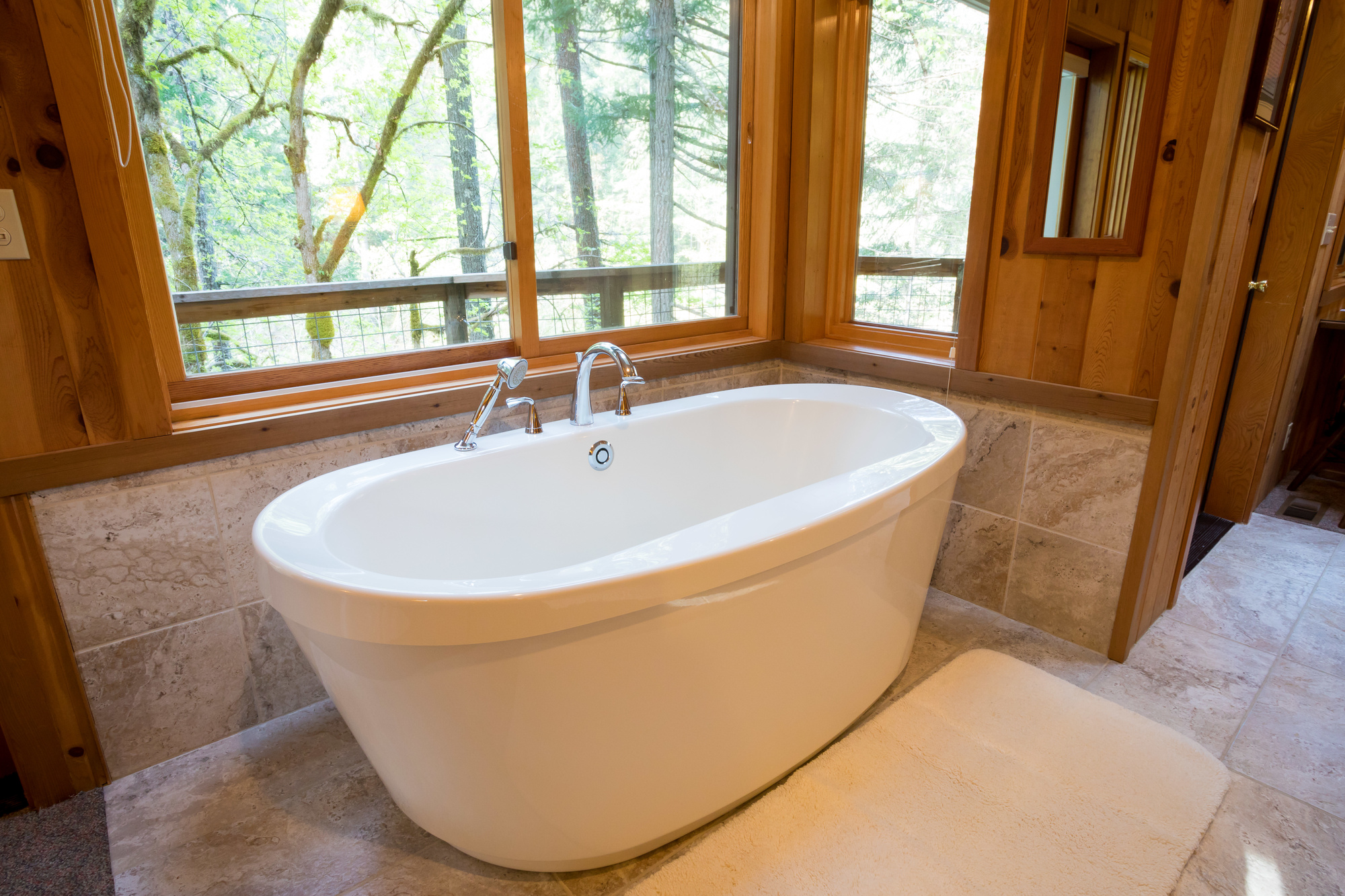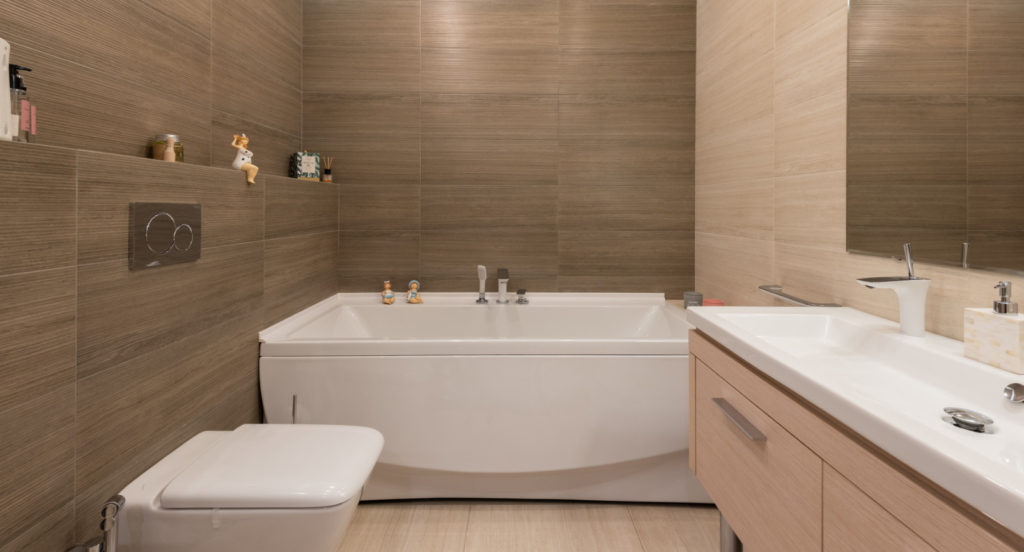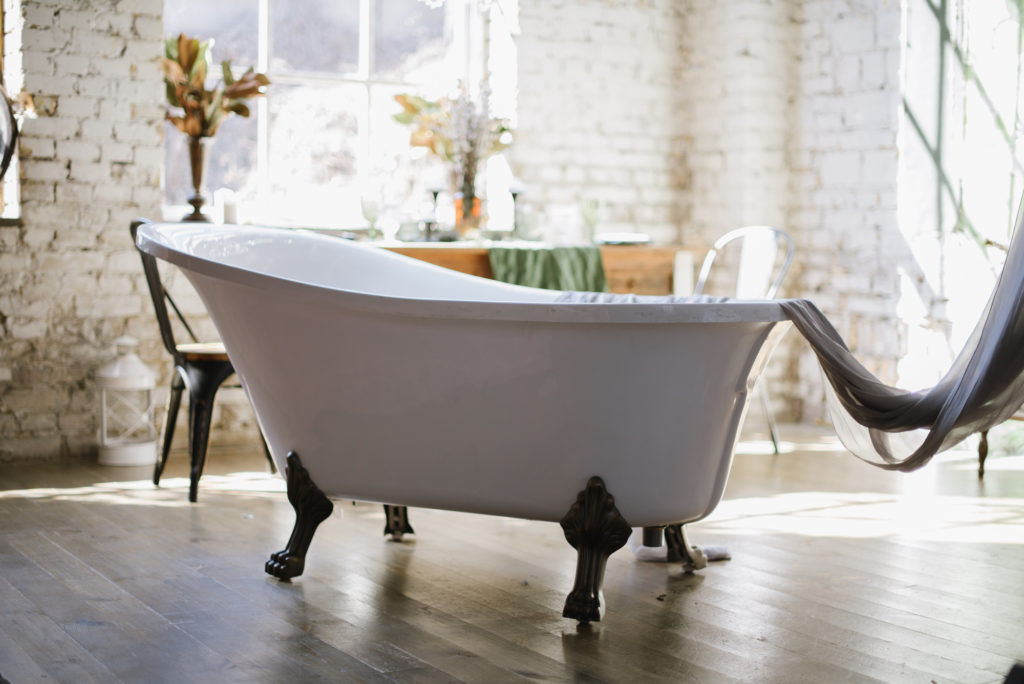
Is it Cheaper to Resurface or Replace a Bathtub?
When it comes time to renovate your bathroom, one of the decisions you’ll have to make is whether to resurface or replace your bathtub. Both options have their pros and cons, but which one is the cheaper option in the end? Here’s a breakdown of the cost of resurfacing and replacing a bathtub so you can make an informed decision.
Cost of Resurfacing VS Replacing a Bathtub
Resurfacing a bathtub is usually cheaper than replacing it, especially if you’re sticking with the same size and style. However, it is important to consider which option will save you money in the long run.
Resurfacing Cost
Resurfacing typically costs around $400-$650 for most tubs, depending on your location and the complexity of the job. Additionally, resurfacing can be done in as little as one day and requires minimal disruption to your home.
Replacing Cost
Replacing a bathtub, on the other hand, can be significantly more expensive and require more work. The cost of replacing an old tub can range from $1,000 to $3,100 depending on your choice of tub and installation complexity.
You also need to factor in the additional cost of removal of the old tub and any extra plumbing that may be necessary. Additionally, replacing a bathtub usually takes several days of work and can cause more disruption to your home.
Overall, resurfacing a bathtub is almost always the cheaper option compared to replacing it. Resurfacing requires less money, and less time, and is much less disruptive.

What to Consider When Deciding Which Option is Best For You
When deciding whether to resurface or replace your bathtub, there are a few things you need to consider:
1. The Cost
Resurfacing a bathtub is typically cheaper than replacing it, but the cost of replacement can vary significantly depending on your choice of tub and installation complexity. In most cases, resurfacing is the cheaper option, but it’s important to compare the costs involved in both options to see which one is the best value for your money.
2. The Time Involved
Resurfacing a bathtub usually takes less time than replacing it, with most jobs taking only one day to complete. Replacing a bathtub, on the other hand, can take several days and may be more disruptive to your home. If time is a factor, resurfacing is likely the better option.
3. The Disruption to Your Home
Resurfacing a bathtub usually causes less disruption to your home than replacing it. With resurfacing, there is minimal demolition necessary and most of the work can be done in one day. Replacing a bathtub, on the other hand, requires more demolition and can be more disruptive to your home. If you don’t want to deal with all the noise and mess that comes with replacing a bathtub, resurfacing may be a better option.

What are the Benefits of Resurfacing a Bathtub?
There are many benefits to resurfacing a bathtub, including:
- Resurfacing is a much cheaper option than replacing a bathtub.
- Resurfacing can be done in as little as one day and requires minimal disruption to your home.
- Replacing a bathtub can be significantly more expensive and require more work.
- Overall, resurfacing a bathtub is almost always the cheaper option compared to replacing it.
- The cost of resurfacing a bathtub is just a fraction of the cost of replacing it.
- Resurfacing can give your bathroom an entirely new look without having to replace the entire tub.
- It can also help prolong the life of your existing bathtub, saving you money in the long run.
What are the Benefits of Replacing a Bathtub?
Replacing a bathtub can be a big decision, but there are many benefits to consider. Here are some of the top reasons why you might want to replace your bathtub:
- A replacement tub can be more comfortable and ergonomic than your current one.
- You can choose from a wider range of styles and materials with a replacement tub.
- Replacing your old tub can increase the value of your home.
- If your old tub is damaged or leaking, it needs to be replaced anyway.
Overall, replacing a bathtub is a big project, but it can offer many advantages and benefits that resurfacing cannot. If you’re considering renovating your bathroom, be sure to weigh the pros and cons of both resurfacing and replacing before making a decision.

How to Decide Which Option is Best For You
When it comes time to renovate your bathroom, the decision of whether to resurface or replace your bathtub can be a difficult one. Both options have their own advantages and disadvantages, so how do you decide which is the best option for you?
Here is an overview of a few things to consider when making this decision based on what we know:
- Resurfacing is cheaper than replacing a bathtub, and can be done in as little as one day.
- Replacing a bathtub can be more expensive and may take several days to complete.
- Resurfacing is less disruptive than replacing a bathtub.
- Replacing a bathtub may increase the value of your home.
Overall, resurfacing is a cheaper, less disruptive, and more versatile option than replacing a bathtub. If you’re considering renovating your bathroom, be sure to weigh the pros and cons of both resurfacing and replacing before making a decision.
Are All Bathtubs Able To Be Resurfaced?
Not all bathtubs are able to be resurfaced – some are too damaged or worn down. If your bathtub is in good condition and you’re looking to give it a new look, then resurfacing is a great option. However, if your bathtub is cracked, chipped, or stained, then it’s likely that resurfacing will not be able to fix these issues and you’ll need to replace the tub instead.

There are a few things you should observe about your current bathtub before deciding to resurface it:
- Check for any damage or wear and tear on the tub.
- Make sure that the surface of the tub is even and free of cracks, chips, and stains.
- If your bathtub has any existing damage, it may not be able to be resurfaced.
- Resurfacing can only be done on a Bathtub that is made from fiberglass, acrylic, or enamel.
Before deciding between resurfacing and replacing your bathtub, be sure to have a professional inspect it and provide an opinion. They can let you know if the tub is in good enough condition for resurfacing or if replacing is a better option.
In conclusion, there are many factors to consider when it comes to deciding between resurfacing and replacing your bathtub. Both options offer different benefits, so it’s important to weigh the pros and cons before making a decision. Resurfacing is generally cheaper and less disruptive than replacing, but if your tub is in too bad of condition then replacement may be the only option. Be sure to consult with a professional and get several quotes if you’re not sure which option is best for you.
